When movie audiences marvel at the dolphin that performs an impossible leap, the bear that charges on command, or the household dog that seems to perfectly understand its human co-stars, they’re witnessing the culmination of months—sometimes years—of specialized animal training. The use of real animals in film has evolved dramatically from the often-cruel practices of early Hollywood to today’s highly regulated, science-based approaches that prioritize animal welfare. This fascinating intersection of animal behavior, filmmaking artistry, and ethical considerations creates one of the most specialized professions in the entertainment industry. Let’s pull back the curtain on how these amazing animal performances come to life on screen.
The Evolution of Animal Training in Film

The history of animals in film stretches back to cinema’s earliest days. In the silent film era, animals were often treated as disposable props rather than sentient beings. Horses were routinely injured in western chase scenes, and exotic animals were forced to perform unnatural behaviors through fear and punishment. The 1939 film “Jesse James” infamously featured a horse being driven off a cliff to its death, sparking public outrage that eventually led to the American Humane Association’s oversight of animal actors.
The transition to more humane methods began in earnest during the 1960s and 70s, as scientific understanding of animal behavior advanced. Trainers like Frank Inn, who worked with the famous dog Benji, pioneered positive reinforcement techniques that replaced outdated methods based on dominance and fear. Today’s professional animal trainers use principles of operant conditioning, where desired behaviors are rewarded rather than unwanted behaviors punished, creating a foundation of trust between trainer and animal that produces more reliable and varied performances.
The Science Behind Animal Training
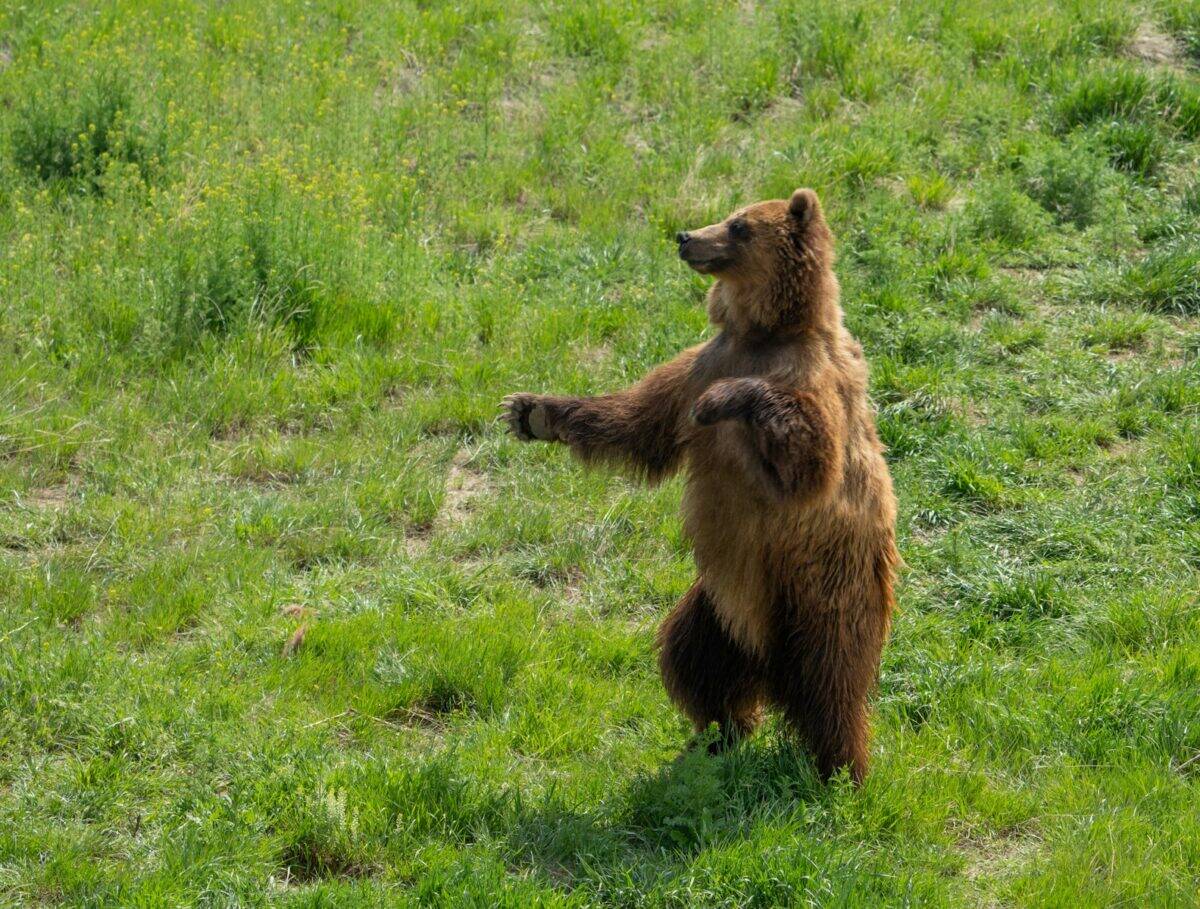
Modern animal training for film is built on scientific understanding of animal cognition and behavior. Operant conditioning—a learning process where behavior is modified through rewards and consequences—forms the foundation. When an animal performs a desired action, it receives positive reinforcement (typically food, play, or affection), creating an association between the behavior and a pleasant outcome. This method works across species, from dolphins to dogs, though with important variations based on each animal’s natural motivations and cognitive abilities.
Clicker training has revolutionized precision in animal performance. A trainer uses a small mechanical device that makes a distinct clicking sound to mark the exact moment an animal performs correctly, followed by a reward. This creates a “bridge” between behavior and reward, allowing trainers to shape complex sequences of actions. For film work, trainers also employ target training (teaching animals to touch specific marks), discrimination training (responding to different verbal or visual cues), and desensitization (acclimating animals to cameras, lights, and crowd noise).
Famous Animal Trainers and Their Methods
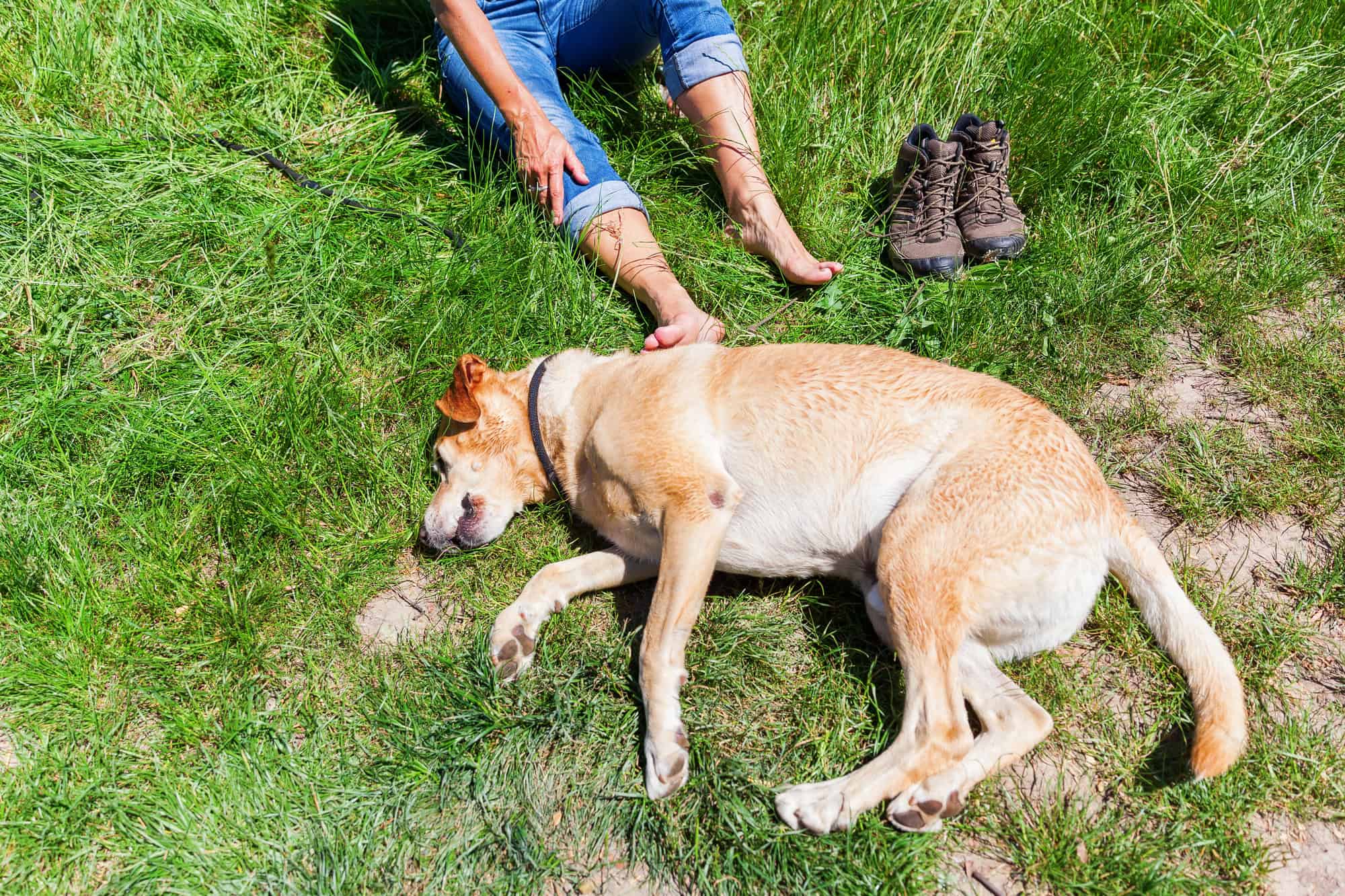
The field of professional animal training for film has produced several standout figures who have advanced the craft. Bob Barker, not to be confused with the game show host, pioneered humane training methods for big cats and bears in the 1970s and 80s. His work with Bart the Bear, who appeared in films like “The Bear” and “The Edge,” demonstrated that large predators could perform complex behaviors through positive reinforcement rather than fear-based control. Mark Harden revolutionized dog training for film, developing methods that allowed for more nuanced canine performances in movies like “Turner & Hooch” and “Marley & Me.”
Birds of prey specialist Jemima Parry-Jones developed training techniques for owls used in the Harry Potter film series, proving that even species not traditionally considered trainable could perform on cue when their natural behaviors were properly understood and respected. These trainers share a common philosophy: understanding each species’ natural behavior, working within those parameters, and building relationships based on trust rather than dominance. Their innovations have not only improved animal welfare but have also expanded the range of authentic animal performances possible on screen.
Specialized Training for Different Species

Training methods vary dramatically across animal species based on their natural behaviors, cognitive abilities, and motivations. Dogs, with their 15,000-year history of domestication and selective breeding for human cooperation, are among the most versatile animal actors. They can learn hundreds of distinct commands and complex behavior chains. Their training typically emphasizes verbal cues, hand signals, and social rewards along with food reinforcement. Primates, by contrast, possess high intelligence but lack dogs’ inherent desire to please humans, making their training more focused on food rewards and social dynamics within their species.
Marine mammals like dolphins and sea lions are trained using almost exclusively positive reinforcement, with trainers exploiting their natural playfulness and curiosity. Big cats require specialized approaches that respect their predatory nature while establishing clear boundaries. Birds present unique challenges due to their different visual perception and flight capabilities, often requiring trainers to work with their natural behaviors rather than attempting to suppress them. For all species, the most successful training programs acknowledge and work with the animal’s natural tendencies rather than fighting against them.
Preparing Animals for the Set Environment
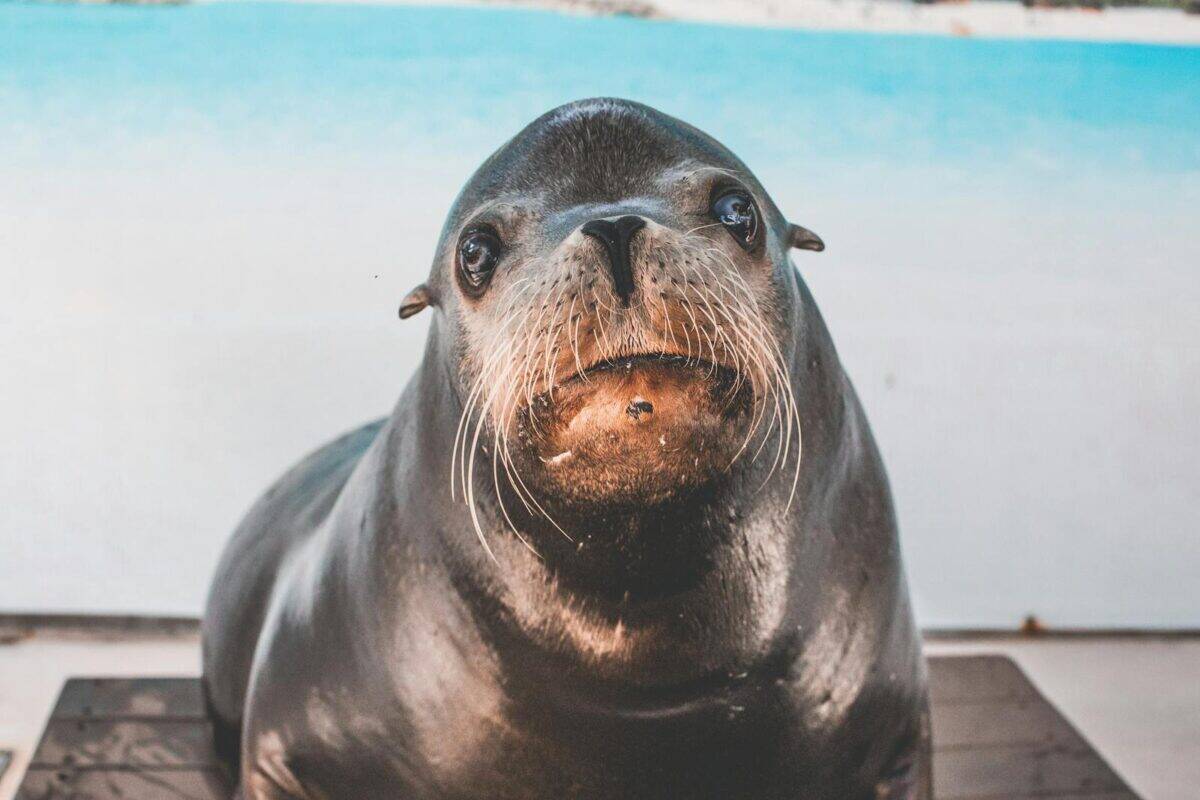
Film sets present challenging environments for animals, with bright lights, loud noises, unfamiliar people, and constant activity. Preparing animal actors for these conditions requires extensive desensitization training, often beginning months before filming starts. Trainers gradually introduce elements of the film environment—cameras, lighting equipment, playback sounds, and groups of strangers—while maintaining positive associations through rewards and comfortable retreats when needed. Animals are taught to remain calm and focused despite distractions, a process that cannot be rushed without risking stress or unpredictable behavior.
For scenes involving multiple animals or interactions with human actors, rehearsals take place in controlled environments before moving to the actual set. Technical rehearsals allow cinematographers and directors to plan shots around the animals’ capabilities and comfort levels rather than forcing animals to adapt to predetermined filming approaches. Many professional animal trainers insist on “animal-friendly” shooting schedules with frequent breaks, limited working hours, and quiet periods. This preparation ensures that when cameras roll, animal actors can perform confidently without stress or fear responses that would compromise both the shot and their welfare.
Ethical Considerations and Regulatory Oversight
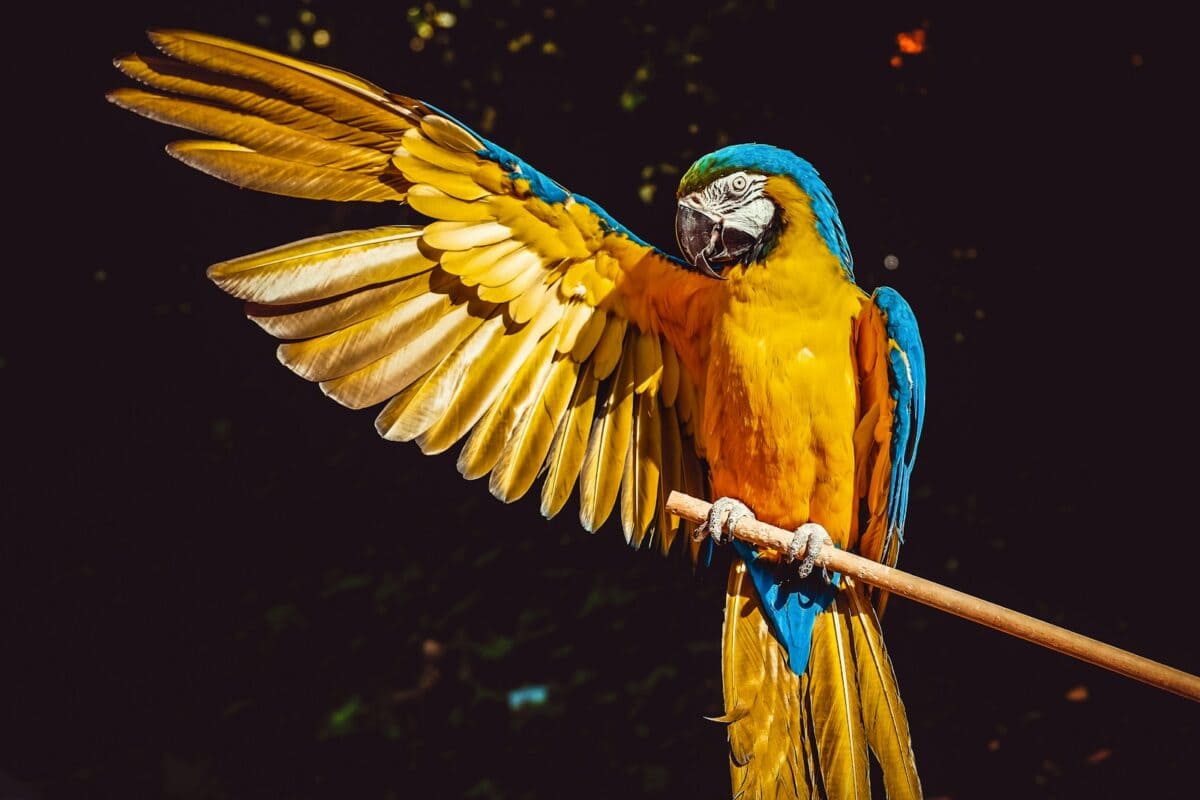
The ethical framework for using animals in film has evolved significantly, with multiple layers of oversight now standard in professional productions. The American Humane Association’s “No Animals Were Harmed®” certification program has monitored animal use in U.S. films since 1940, with representatives on-set during filming involving animals. International productions often follow similar guidelines through organizations like the RSPCA in the UK. These monitors ensure compliance with species-specific welfare requirements covering transportation, housing, working conditions, and the nature of performances required.
Beyond formal oversight, the industry has developed its own ethical standards. Many trainers and production companies refuse certain types of performances that might stress animals, even if technically permitted. The trend has shifted toward using trained behaviors that align with natural capabilities rather than forcing unnatural actions. Productions must also consider questions about animal acquisition and retirement—ensuring that animal actors come from humane sources and have appropriate homes after their working careers end. While disagreements about animal use in entertainment persist, the standards have unquestionably improved, with welfare considerations now central to planning rather than afterthoughts.
Iconic Animal Performances in Film History

Certain animal performances have become cultural touchstones, remembered long after their films’ release. Rin Tin Tin, a German Shepherd rescued from a World War I battlefield, became one of Hollywood’s earliest stars, appearing in 27 films and demonstrating remarkable emotional range and physical capabilities. The orca Keiko’s performance in 1993’s “Free Willy” not only captivated audiences but eventually led to a real-life effort to return the previously captive whale to the wild. In “Babe” (1995), the trainers achieved the seemingly impossible task of making a pig appear to herd sheep and talk to other animals, using multiple pigs and groundbreaking training techniques.
More recent standouts include the rats in “Ratatouille” (2007), where real rats were studied extensively and some scenes used trained rats to ensure authentic movement patterns for the animated characters. The tiger in “Life of Pi” (2012) combined footage of real tigers with CGI, with the real animals trained to perform specific movements that would be seamlessly integrated into digital scenes. These iconic performances share common elements: they’re built on authentic animal behavior, represent extraordinary training achievements, and create emotional connections with audiences that transcend species barriers.
The Role of CGI and Its Limitations
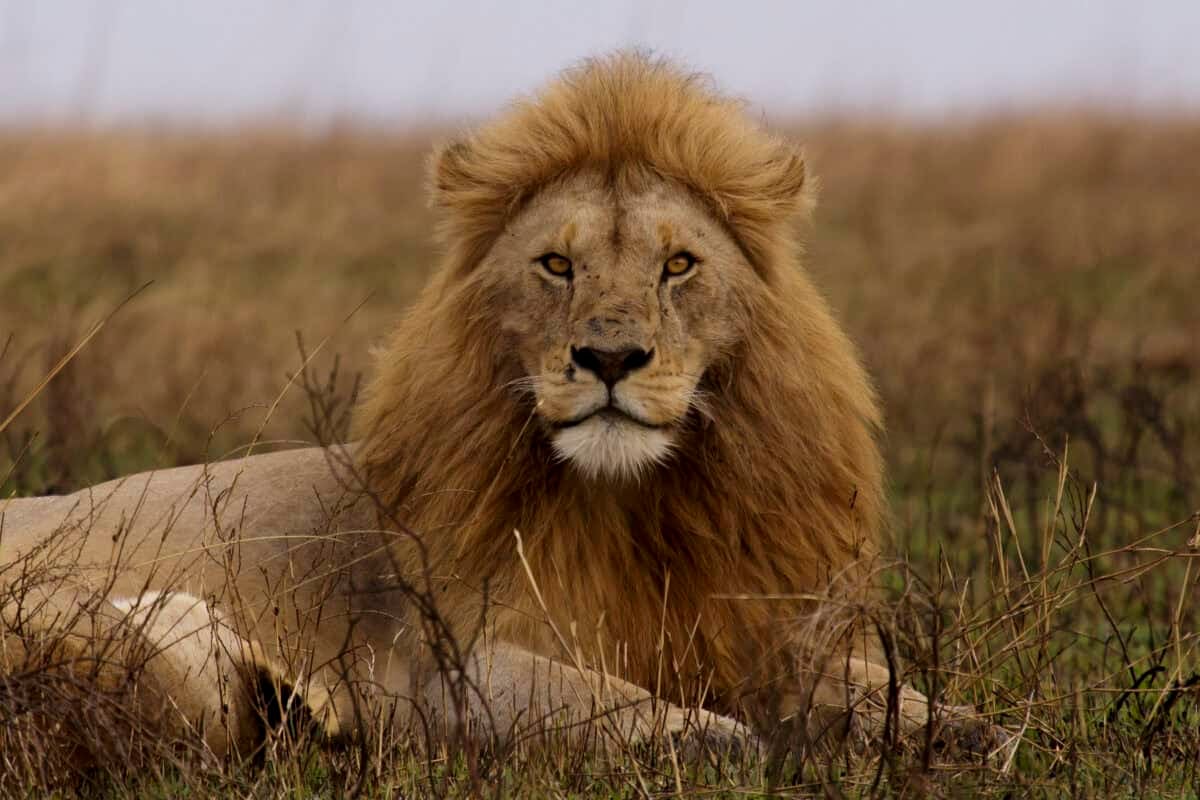
Computer-generated imagery has transformed animal representation in film, offering an alternative that eliminates welfare concerns entirely. Productions like “The Jungle Book” (2016) and “The Lion King” (2019) feature photorealistic animals created entirely through digital means. However, CGI comes with both aesthetic and practical limitations. Many filmmakers and audiences feel that CGI animals, despite technical impressiveness, lack the authentic presence and subtle behavioral nuances of real animals. Digital creations often fall into the “uncanny valley,” appearing almost but not quite natural in ways that subconsciously disturb viewers.
From a production standpoint, high-quality CGI animals remain extremely expensive and time-consuming to create, putting them beyond reach for many productions. This has led to a hybrid approach in many films: using real animals for standard behaviors and close interaction, while reserving CGI for dangerous stunts or behaviors impossible to train. Trainers themselves have adapted to this reality, sometimes training animals to perform against green screens or interact with props that will be digitally transformed later. Rather than replacing animal performers entirely, technology has created new possibilities for collaboration between real animals and digital enhancements.
Training for Specific Film Genres

Different film genres present unique training challenges and opportunities. Action films often require animals to perform precisely timed movements in high-energy environments, necessitating extensive rehearsal of each sequence broken down into manageable components. Horror films present psychological challenges, as animals must appear threatening without experiencing actual aggression or fear themselves—achieved through careful manipulation of camera angles, editing, and trained behaviors that appear menacing but are actually neutral or playful for the animal. Family films typically require the widest range of expressive behaviors, with animals trained to appear joyful, sad, curious, or mischievous on cue.
Period films introduce additional complications, as animals must sometimes be trained to interact with obsolete equipment or perform tasks no longer common in modern society, such as horses pulling various historical vehicles or farm animals working with antique agricultural implements. Nature documentaries, while ostensibly capturing spontaneous behavior, often rely on trained animals for specific scenes that would be impossible to film in the wild. Each genre requires trainers to anticipate the emotional tone and technical requirements of the production and prepare their animals accordingly, sometimes developing entirely new training protocols for unique filming situations.
The Training Timeline: From Selection to Screen

The journey from selecting an animal to capturing its performance on film typically spans months or even years. The process begins with casting, where trainers and producers look for animals with the right physical characteristics, temperament, and aptitude for training. Contrary to popular belief, unusual markings or striking appearance are often less important than behavioral qualities like confidence, focus, and stress resilience. For major roles, productions typically work with multiple animals that look identical—allowing for different specialized skills and preventing fatigue during filming.
Once selected, basic training establishes fundamental behaviors and cues, followed by specialized training for film-specific actions. Environmental preparation runs concurrently, gradually introducing elements of the film set. In the weeks immediately before shooting, rehearsals integrate the animals with human actors and technical elements. During filming itself, trainers work closely with directors and cinematographers, often communicating through headsets to coordinate perfect timing between animal behaviors and camera movements. After filming concludes, many production companies maintain relationships with animal trainers to monitor the welfare and retirement of their animal actors, reflecting the industry’s increased commitment to lifetime care.
Challenges and Controversies in Animal Performance
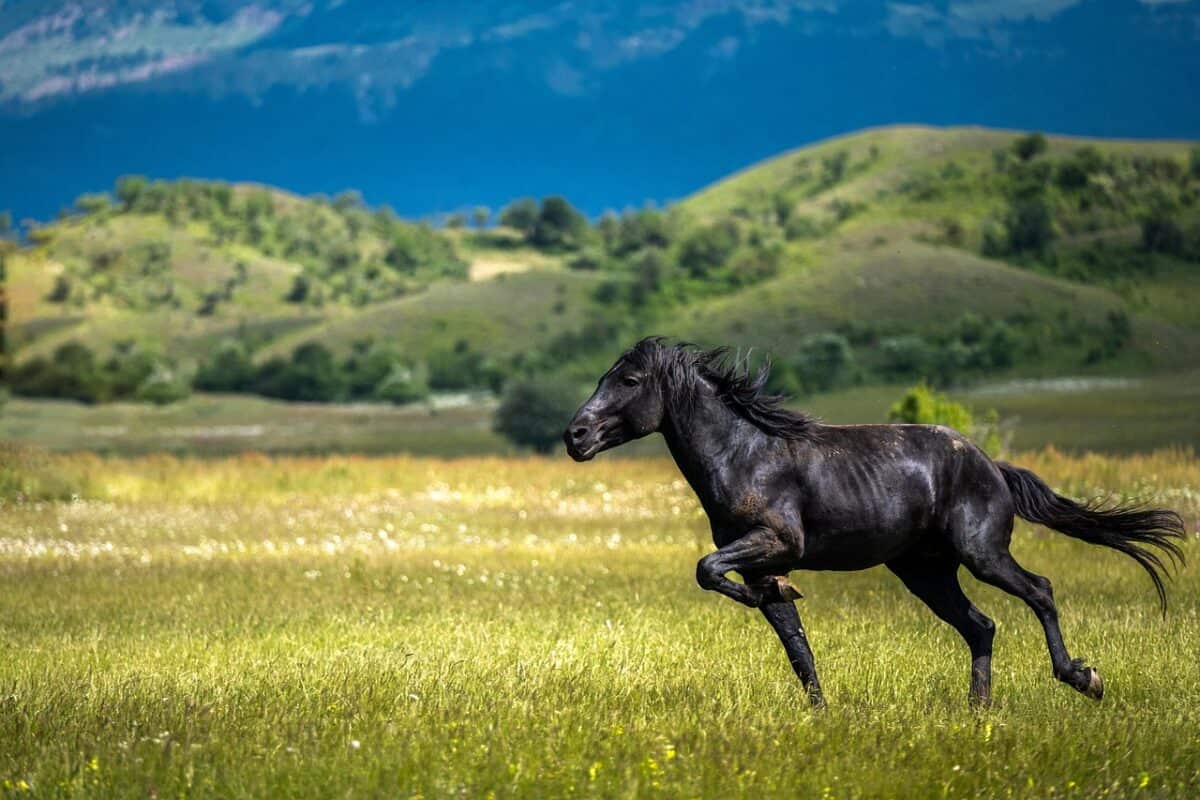
Despite advances in training methods and welfare standards, the use of animals in film continues to generate controversy. High-profile incidents have raised legitimate concerns: the HBO series “Luck” was canceled in 2012 after three horses died during production, and the film “A Dog’s Purpose” faced backlash in 2017 when behind-the-scenes footage appeared to show a distressed dog being forced into turbulent water. Animal rights organizations like PETA maintain that no use of animals in entertainment can be truly ethical, arguing that the artificial environment of film production inevitably causes stress regardless of training methods or monitoring.
Industry defenders counter that properly trained and managed animal actors can participate in filming without distress, often engaging in behaviors that stimulate them mentally and physically. They point to the rigorous protocols now in place and the shift toward working with animals’ natural behaviors rather than forcing unnatural ones. The controversy has led to greater transparency in animal training and more frequent use of the “American Humane monitored the animal action” end credit disclosure, allowing filmmakers to demonstrate their compliance with established welfare standards. These ongoing debates have ultimately benefited animal performers by driving continuous improvement in training practices and welfare considerations.
The Future of Animals in Film

The landscape of animal performance in film continues to evolve rapidly, shaped by technological advances, changing public attitudes, and scientific progress in understanding animal cognition and welfare. The rise of sophisticated CGI has already reduced the use of animals in dangerous situations, a trend likely to continue as digital technology becomes more affordable and realistic. However, many filmmakers maintain that for intimate scenes and authentic animal movement, real animals provide a quality that technology cannot yet fully replicate.
Training methodologies will likely become even more scientifically grounded, with increased emphasis on understanding species-specific cognition and communication. The definition of ethical animal use continues to tighten, with practices considered acceptable a decade ago now scrutinized or abandoned entirely. Yet the fundamental human desire to see and connect with real animals on screen remains powerful, suggesting that rather than disappearing, animal performance will transform—becoming more collaborative, welfare-centered, and authentic to each species’ natural capabilities. In this evolving landscape, the most successful animal trainers will be those who can balance the artistic demands of filmmaking with an unwavering commitment to the animals in their care.
- Best Countries for Spotting Rare Big Cats in the Wild - August 9, 2025
- Jaguars Are the Only Cats That Crush Skulls—Here’s Why - August 9, 2025
- How Sloths Help Support Mini-Ecosystems in Their Fur - August 9, 2025

